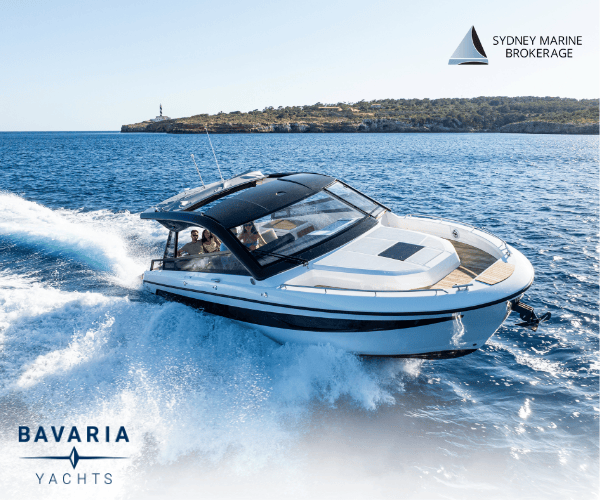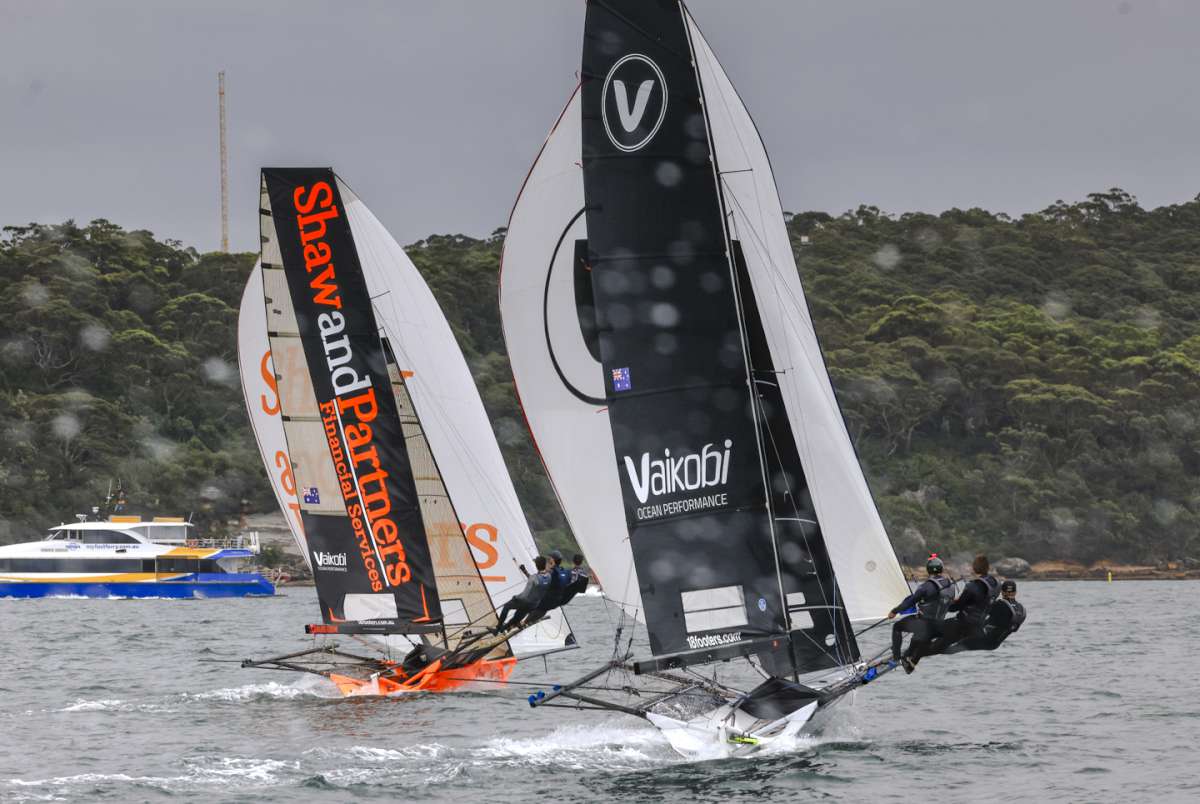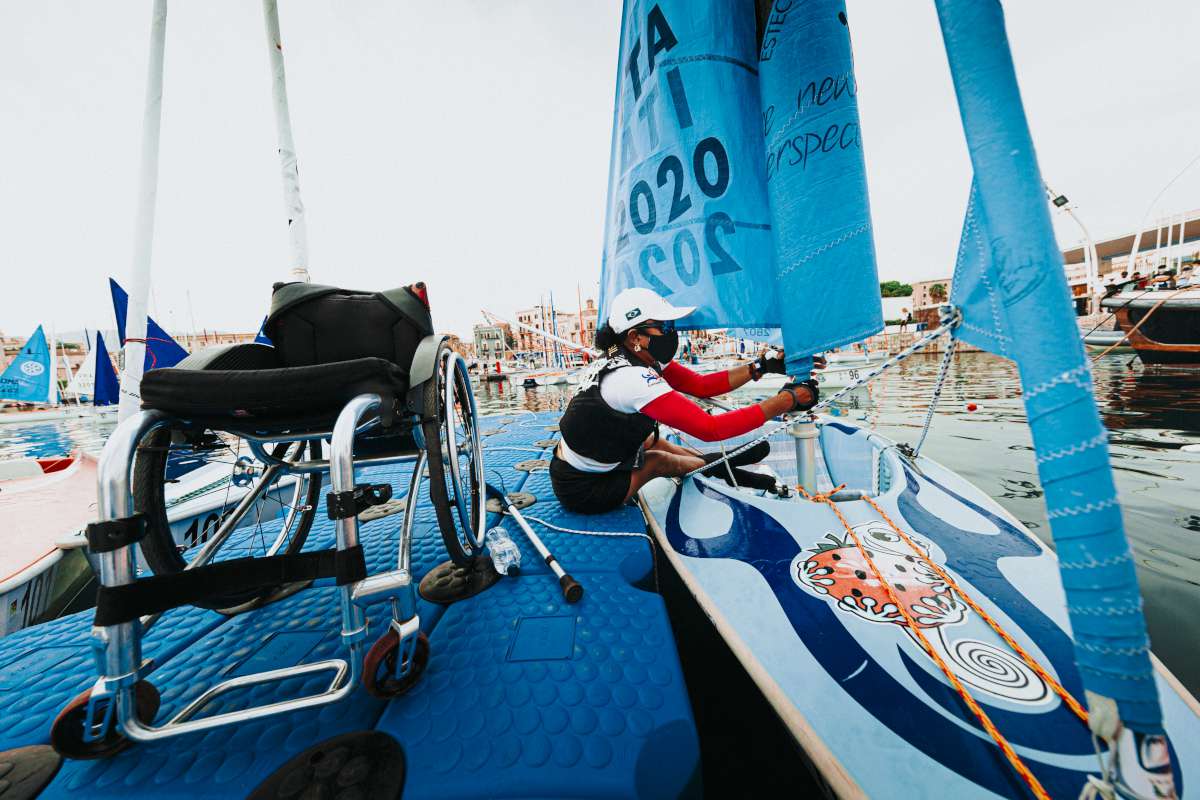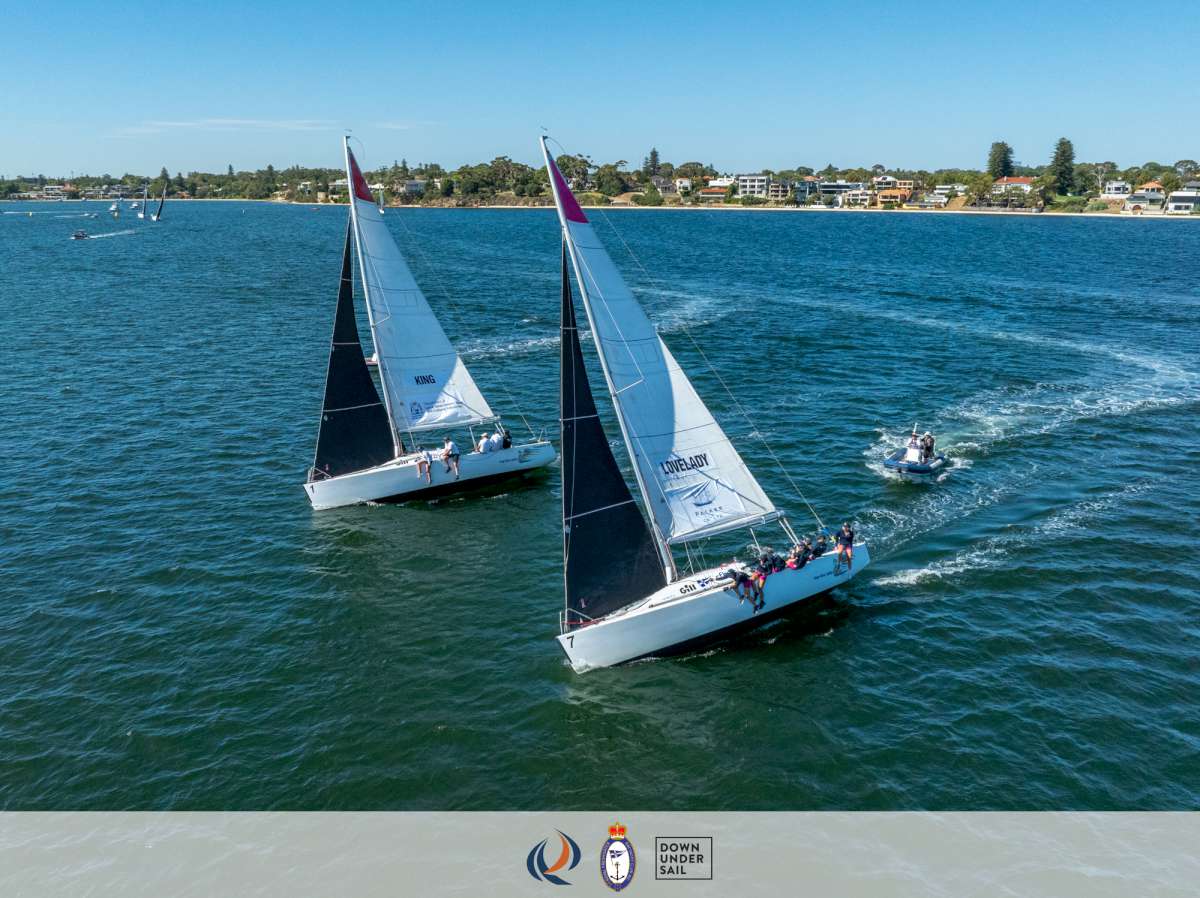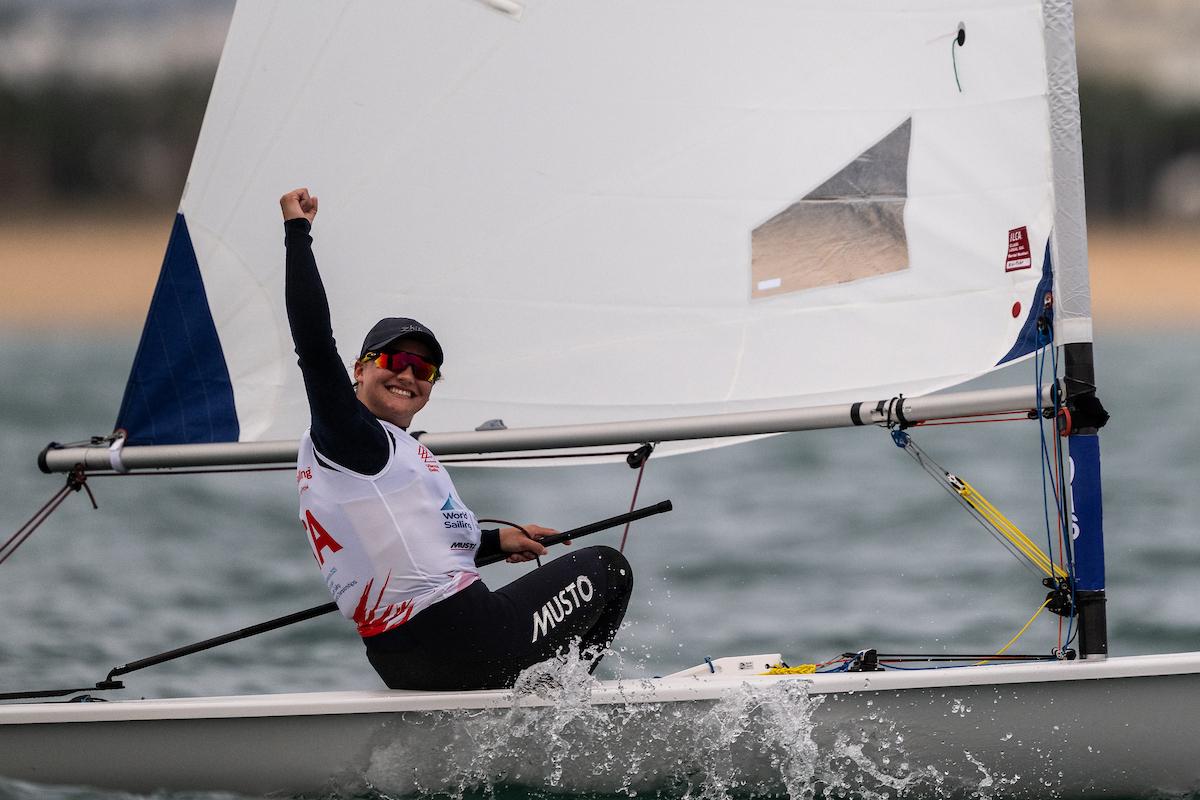Laying the anchor: Well done, it's the difference between a good night's sleep at an anchorage or a restless one filled with anxiety.Unlike the tinnie sailor who simply throws the anchor over the side and hopes for the best, the sensible yachtsman must take a more thoughtful approach.
There is an art to laying the anchor, one that will secure your craft in all weather. Lesson one is that you never “throw” an anchor anywhere. You always lower the anchor from a boat. Just think about it. By throwing an anchor all you achieve is a big splash and the chances of wrapping the chain around the anchor so it will not set. Of course, this does not apply to a cruising boat where the anchor will be too heavy to throw anyway. I thought I would get that point in for all our readers who use small boats. Whenever you deploy the anchor, it is good to remember that only it and the chain is holding you in all sea and wind conditions, so laying without enough scope or proper holding will simply mean it drags when conditions deteriorate. Start by using a big enough anchor for the job, otherwise you'll have many a sleepless night. For even the smallest cruising boat you should have nothing less than 20kg and good heavy chain. Chain is used to act as a buffer between the anchor and the boat as it rises and falls on the swells. It is basically there for its weight not its wearing ability.
Typical boat
As a guide, cruising boats of around 12m should use a 30kg anchor which also means having a winch sufficient enough to lift the weight of it and the chain. The approach to winches is the same as anchors: too heavy is much safer than too light. If you have bought a second-hand boat, it's advisable to service before you leave on your trip. The first few times you deploy and retrieve the anchor ensure that the chain lays neatly in the anchor locker, ready for the next use. There is nothing worse than deploying the anchor in a tight anchorage and having the chain knot up below the hawse pipe just as it reaches the seabed. Next, you need to have the chain marked off in 10m lengths, so that you know how much chain you have deployed. In the old days we used to paint the chain every 10m but the paint eventually wears off on the gypsy and it has to be done frequently. The latest method is to use good quality electrical ties starting at 20m with two and 30m with three etc. The reason you always buy good quality electrical ties is that the ones from the cheap stores are not UV-protected. There is no reason to mark the 10m length because you are never going to deploy less than 20m. For charterers, make yourself familiar with the ground tackle and ensure the chain is marked. I have seen many a yacht go aground because the skipper had no idea how much chain he had deployed. If you happen to own a yacht in charter then make sure that the company has done this job.
Top tip
The art of anchoring is to do so in as shallow water as you can do safely and the most important information is your tide chart. Shallow water is usually less prone to tidal currents and wave action, unless of course you are anchored on a lee shore. As a general guide, the ideal anchorage depth is 3m at low tide, if the boat draws 2m. Of course, always pick a protected anchorage so you get a good night's sleep. When approaching an anchorage where there are other boats you should observe which way they are laying, whether they are laying to the tide or to the wind. If you have not been there before do a bit of a circuit to find the shallow water and choose a drop spot that will allow you to swing with plenty of clearance from the other boats and any near by reefs or sandbanks.
Anchoring is usually a two-person affair with one crew going forward to release the anchor from its roller and hang it just above the water. The anchor must be able to drop instantly. Once the anchor is hanging, you can drive forward against the wind and current to drop it in the desired spot. You need to slow the boat so that it is at a dead stop before the crew release the winch. Time and time again I see skippers driving over the deployed anchor due to too much speed resulting in the chain passing under the boat.
The anchor should reach the bottom as quickly as possible so the wind or current does not blow you off the mark. Might I suggest that if you have one of those reversing winches that you do not use them to lower the anchor as they are too slow and in any sort of wind you will blow well off your spot by the time it reaches the sea bed. Once the boat is stopped with the chain released you can engage reverse and back off slowly until sufficient chain is deployed to secure the boat. This length is never less than three times the depth. Make a practice of always having at least 30m deployed if you are in anything up to 5m of water. Anything over that, put at least 40m out. You can reverse the boat gently to dig the gear into the seabed but do not apply heaps of power as you are just as likely to pull it out. If the forecast is for a change or increase in wind overnight then put out an extra 10m of chain to be on the safe side. Once the length of chain has been settled then fix the snubber on and release some chain to take the pressure off the winch. Finally, if you are anchoring at night make sure the crew member up forward has a good torch.



